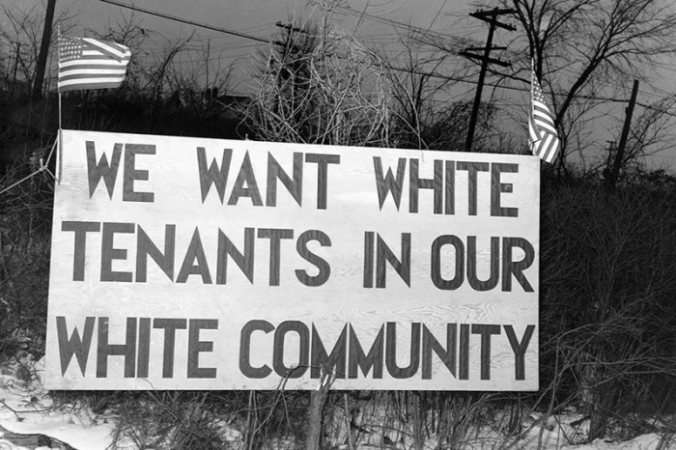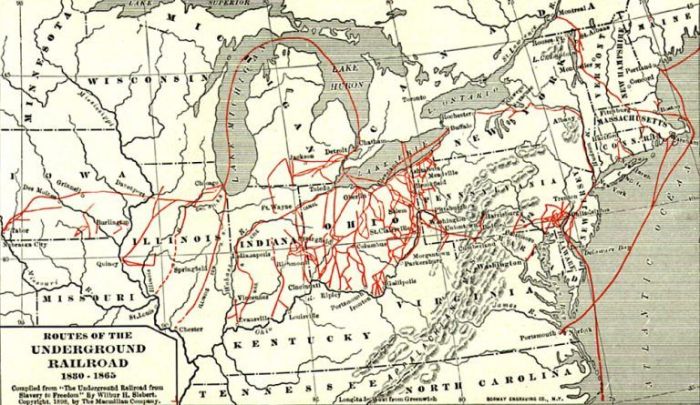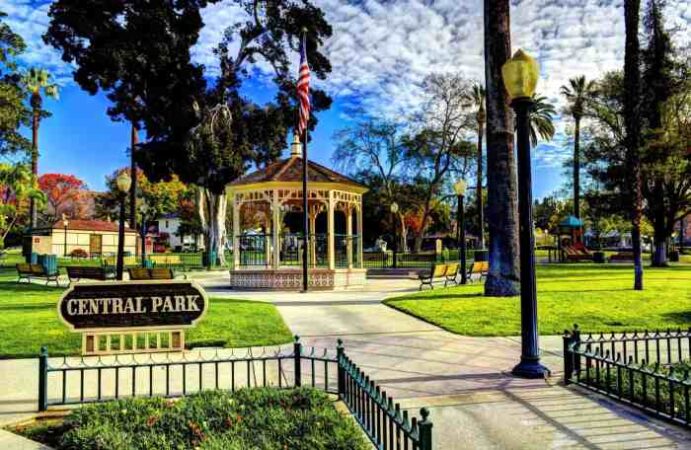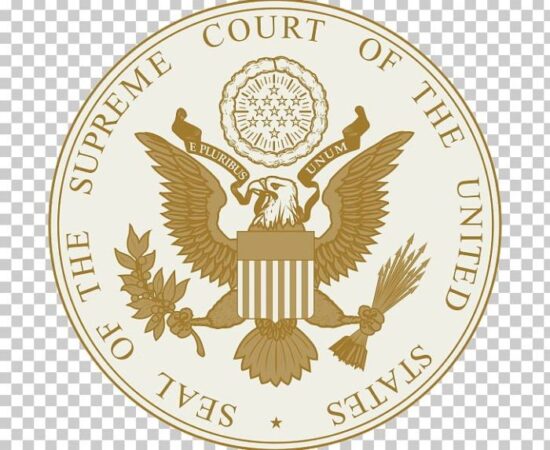
What is the Jim Crow law? It represents a dark chapter in American history, a period of systematic racial segregation and disenfranchisement that followed the Civil War and Reconstruction. This era, named after a minstrel show character, embodied the brutal reality of white supremacy and its impact on African Americans. Jim Crow laws, enacted across the South, aimed to strip Black people of their newly gained rights and maintain a system of racial hierarchy.
From 1877 to the mid-20th century, these laws permeated every aspect of life, dictating where Black people could live, work, learn, and even where they could sit on public transportation. This segregation was enforced through a complex system of legal codes, social customs, and violent intimidation, creating a climate of fear and inequality for generations.
Resistance and Challenges

Despite the oppressive nature of Jim Crow laws, African Americans refused to accept their second-class status and actively resisted segregation and discrimination. This resistance took many forms, from legal challenges to protests and acts of civil disobedience.
Legal Challenges
African Americans and their allies recognized the legal framework of Jim Crow as a key obstacle to equality. They sought to dismantle these laws through a series of legal challenges, often spearheaded by the NAACP (National Association for the Advancement of Colored People). These challenges focused on the constitutionality of segregation and discrimination, arguing that such practices violated the Fourteenth Amendment’s guarantee of equal protection under the law.
- Brown v. Board of Education (1954): This landmark Supreme Court decision declared state-sponsored segregation in public schools unconstitutional. It marked a turning point in the Civil Rights Movement, though the implementation of desegregation faced significant resistance in many parts of the South.
- Loving v. Virginia (1967): This case struck down laws prohibiting interracial marriage, further challenging the legal basis of Jim Crow.
Protests and Civil Disobedience, What is the jim crow law
Beyond legal challenges, African Americans engaged in various forms of public protest to challenge Jim Crow. These protests often took the form of boycotts, sit-ins, and marches, aiming to draw attention to the injustices of segregation and demand change.
- Montgomery Bus Boycott (1955-1956): This boycott, sparked by Rosa Parks’ refusal to give up her seat on a bus to a white man, lasted for over a year and resulted in the desegregation of public transportation in Montgomery, Alabama. It became a symbol of the power of nonviolent resistance and brought national attention to the Civil Rights Movement.
- Freedom Rides (1961): A group of activists, both black and white, rode buses through the South to challenge segregation in interstate travel. They faced violent attacks and arrests, but their actions helped expose the brutality of Jim Crow and galvanized public support for civil rights.
- March on Washington for Jobs and Freedom (1963): This massive demonstration, led by Martin Luther King Jr., brought over 250,000 people to Washington, D.C., to demand equal rights for all Americans. The march culminated in King’s iconic “I Have a Dream” speech, which became a defining moment in the Civil Rights Movement.
Key Figures and Organizations
The fight against Jim Crow was driven by the tireless efforts of countless individuals and organizations.
- Martin Luther King Jr.: A prominent leader of the Civil Rights Movement, King advocated for nonviolent resistance and played a crucial role in organizing key protests and marches.
- Rosa Parks: Her refusal to give up her seat on a bus in Montgomery sparked the Montgomery Bus Boycott, making her a symbol of resistance against segregation.
- The NAACP (National Association for the Advancement of Colored People): Founded in 1909, the NAACP played a vital role in challenging Jim Crow laws through legal battles and advocacy.
- The Southern Christian Leadership Conference (SCLC): Founded by Martin Luther King Jr. in 1957, the SCLC organized nonviolent protests and campaigns against segregation.
- The Student Nonviolent Coordinating Committee (SNCC): Founded in 1960, SNCC focused on grassroots organizing and voter registration drives in the South.
Timeline of Significant Events
The struggle for civil rights was a long and arduous process, marked by a series of significant events and movements.
| Date | Event | Description |
|---|---|---|
| 1896 | Plessy v. Ferguson | The Supreme Court rules that “separate but equal” facilities for blacks and whites are constitutional, establishing the legal basis for segregation. |
| 1909 | Founding of the NAACP | The National Association for the Advancement of Colored People is founded to fight for the civil rights of African Americans. |
| 1954 | Brown v. Board of Education | The Supreme Court rules that state-sponsored segregation in public schools is unconstitutional. |
| 1955-1956 | Montgomery Bus Boycott | Rosa Parks’ refusal to give up her seat on a bus sparks a year-long boycott of public transportation in Montgomery, Alabama, leading to its desegregation. |
| 1961 | Freedom Rides | A group of activists ride buses through the South to challenge segregation in interstate travel, facing violent attacks and arrests. |
| 1963 | March on Washington for Jobs and Freedom | Over 250,000 people march on Washington, D.C., demanding equal rights for all Americans, culminating in Martin Luther King Jr.’s “I Have a Dream” speech. |
| 1964 | Civil Rights Act | Congress passes the Civil Rights Act, outlawing discrimination based on race, color, religion, sex, or national origin. |
| 1965 | Voting Rights Act | Congress passes the Voting Rights Act, guaranteeing the right to vote to all citizens regardless of race. |
Legacy of Jim Crow: What Is The Jim Crow Law
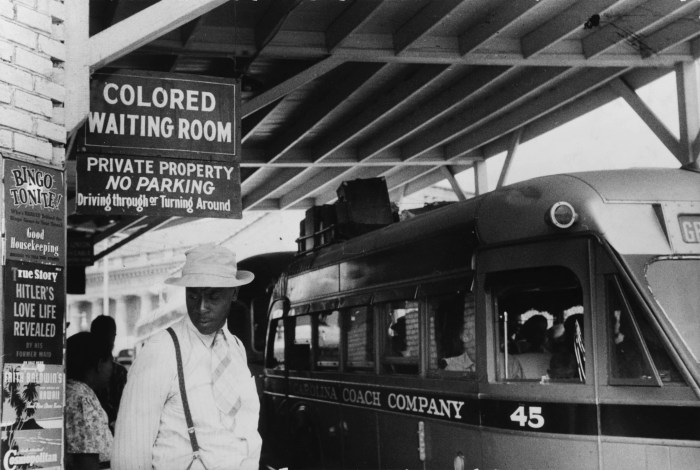
The Jim Crow era, though officially dismantled, left an indelible mark on American society, shaping its social, economic, and political landscape in ways that continue to resonate today. The enduring legacy of Jim Crow is not merely a matter of historical significance; it manifests in persistent inequalities, systemic barriers, and ongoing struggles for racial justice.
Systemic Inequalities
The Jim Crow era’s legacy of racial discrimination continues to shape contemporary American society, perpetuating systemic inequalities that disproportionately impact Black Americans and other marginalized communities. These inequalities are deeply embedded in various aspects of life, including:
- Economic Disparities: The legacy of Jim Crow, including discriminatory housing policies and redlining, has created significant wealth gaps between Black and white Americans. Black families, on average, have significantly less wealth than white families, making it harder for them to build generational wealth and achieve economic stability.
- Education Inequities: Segregated education systems, which were a cornerstone of Jim Crow, have left a lasting impact on educational opportunities for Black students. Even after desegregation, schools in predominantly Black neighborhoods often lack adequate resources, leading to lower graduation rates, fewer college admissions, and limited access to quality education.
- Criminal Justice System Disparities: The criminal justice system, heavily influenced by Jim Crow’s legacy, disproportionately targets and incarcerates Black Americans. Mass incarceration, racial profiling, and harsher sentencing for drug offenses are just some examples of how the system continues to perpetuate racial inequalities.
- Healthcare Disparities: Racial disparities in healthcare access and outcomes persist as a consequence of Jim Crow’s legacy. Black Americans experience higher rates of chronic diseases, have lower life expectancies, and receive less preventative care compared to white Americans. This disparity is attributed to factors like implicit bias, unequal access to healthcare facilities, and limited insurance coverage.
Connections Between Jim Crow and Contemporary Issues
The enduring impact of Jim Crow laws is evident in contemporary issues related to race and social justice. The following table highlights some of these connections:
| Jim Crow Era | Contemporary Issue | Explanation |
|---|---|---|
| Segregation and Disenfranchisement | Voter Suppression | Jim Crow laws targeted Black voters through poll taxes, literacy tests, and grandfather clauses. Today, voter ID laws, gerrymandering, and limited early voting access disproportionately impact minority voters, echoing the past efforts to disenfranchise them. |
| Racial Profiling and Police Brutality | Police Misconduct and Racial Bias | The legacy of Jim Crow-era policing, characterized by racial profiling and excessive force against Black Americans, continues to manifest in contemporary issues of police brutality, racial bias in law enforcement, and systemic discrimination in the criminal justice system. |
| Segregated Housing and Redlining | Residential Segregation and Housing Discrimination | Jim Crow laws, combined with discriminatory housing policies like redlining, created segregated neighborhoods that perpetuated racial inequalities in housing access and wealth accumulation. These practices continue to impact housing opportunities for Black Americans, leading to concentrated poverty and limited access to quality housing. |
| Economic Disparities and Lack of Opportunities | Wealth Gap and Economic Inequality | The legacy of Jim Crow’s discriminatory economic policies, including wage gaps and limited access to loans, has created a persistent wealth gap between Black and white Americans. This gap contributes to economic inequality, limiting opportunities for Black families to build wealth and achieve economic stability. |
Last Point
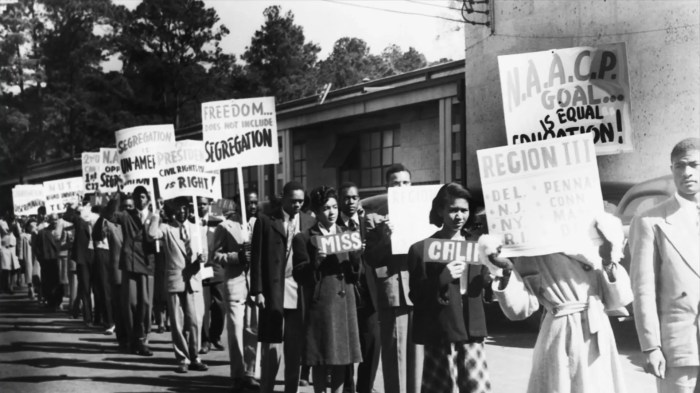
The legacy of Jim Crow continues to cast a long shadow over American society. While legal segregation has been dismantled, its effects are still felt in the persistent racial disparities in areas like wealth, healthcare, education, and criminal justice. Understanding Jim Crow is crucial for recognizing the roots of these inequalities and for forging a more just and equitable future. The fight for racial justice is ongoing, demanding continued vigilance and action to dismantle the systems that perpetuate systemic racism.
Frequently Asked Questions
What were some of the specific Jim Crow laws?
Jim Crow laws took many forms, including: “separate but equal” laws that mandated segregation in public facilities like schools, restaurants, and transportation; literacy tests and poll taxes that effectively disenfranchised Black voters; and laws that criminalized interracial relationships.
How did Jim Crow laws impact the economy?
Jim Crow laws created a system of economic inequality by limiting Black people’s access to education, employment, and housing. This resulted in widespread poverty and limited economic opportunities for African Americans.
What were some key figures in the fight against Jim Crow?
Key figures in the fight against Jim Crow include Martin Luther King Jr., Rosa Parks, W.E.B. Du Bois, and Thurgood Marshall, among many others. These individuals led the movement for civil rights, using nonviolent resistance, legal challenges, and political activism to dismantle Jim Crow and advance racial equality.

